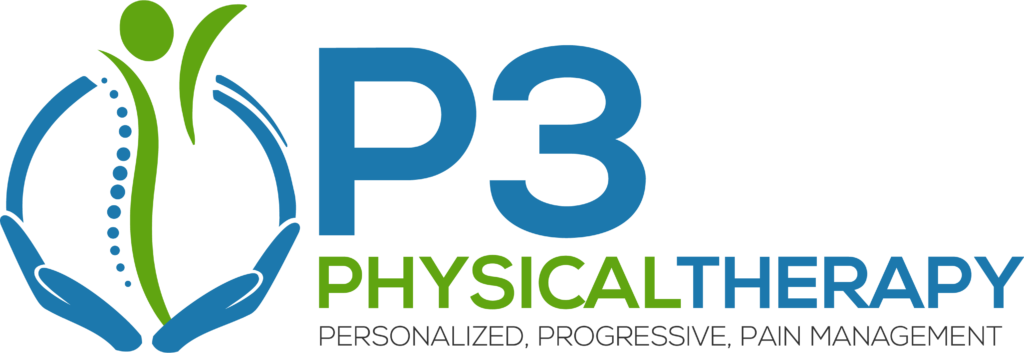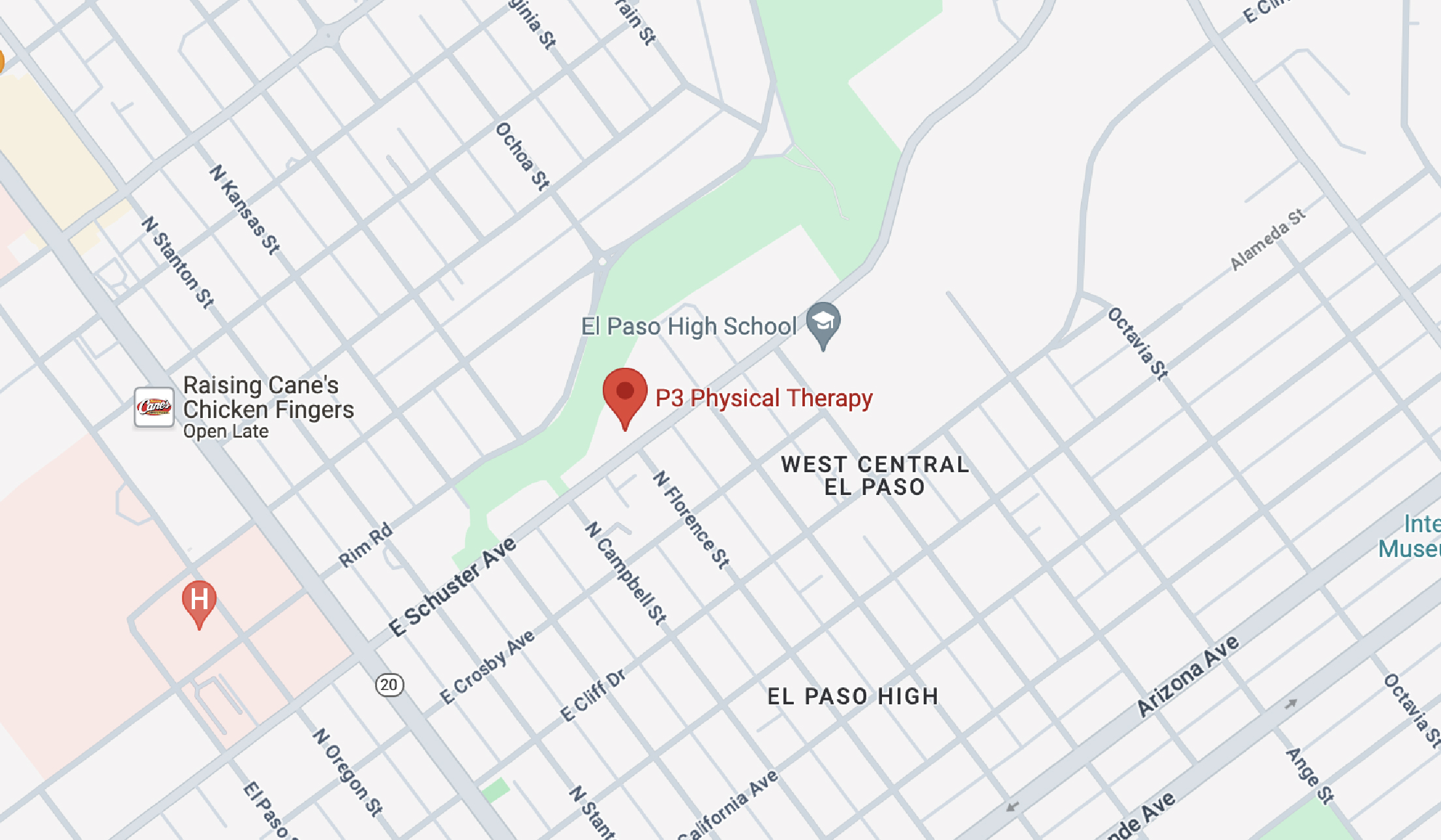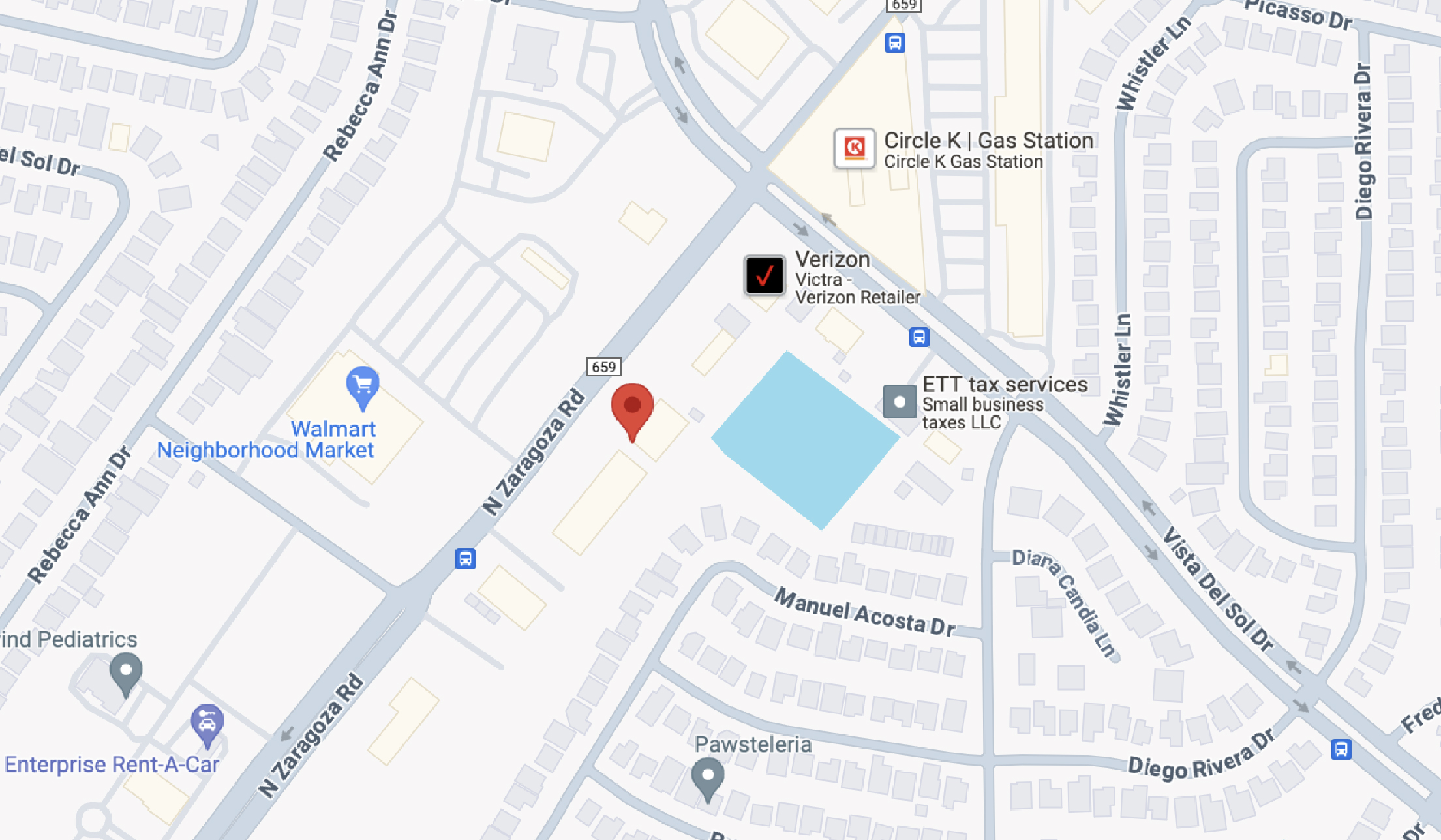 The intricacy of the nervous system has inspired generations of medical study and observation. Understanding how we move in the world is a big part of what physical therapists seek to understand. Our job is to heal, strengthen, and reinforce the mechanisms that allow us to lead active lifestyles and move our bodies without pain. And yet, movement is often hindered by external or internal forces—injury, trauma, or disease.
The intricacy of the nervous system has inspired generations of medical study and observation. Understanding how we move in the world is a big part of what physical therapists seek to understand. Our job is to heal, strengthen, and reinforce the mechanisms that allow us to lead active lifestyles and move our bodies without pain. And yet, movement is often hindered by external or internal forces—injury, trauma, or disease.
Physical therapy has proven to have a formidable arsenal against muscular degeneration, atrophy, and loss of function or mobility. One of the most complex areas of PT is the treatment of people that have suffered some degree of nerve damage. Damage to nerves has a variety of causes including traumatic injuries, infections, metabolic problems, or even diabetes. The role of physical therapy in recovery from nerve damage is essential for maximizing your rehabilitation results.
What is Peripheral Neuropathy and How Does Physical Therapy Help?
When discussing nerve damage, you may hear it referred to as Peripheral Neuropathy. Let’s look at what this means more carefully. The human nervous system is composed of millions of neurons that provide information to your brain.
You have two principal components to your nervous system:
- The central nervous system: This part of the nervous system consists of the brain and spinal cord. Think of this as your control center that receives information and integrates it.
- The peripheral nervous system: This refers to the part of the nervous system outside of the CNS. This is where you will find your nerves. Think of this as your messenger system, i.e that which controls movement.
The Peripheral Nervous System is divided into the Sensory and Motor divisions. So whether it is sensing that your feet are cold or helping you dive out of the way of an oncoming car, your peripheral nerves send messages that produce these actions. When they are damaged, the messengers, so to speak, are injured and make it more difficult for your brain to send and receive messages from that particular set of nerves. Physical therapy can help these nerves heal and improve the impaired function lost by these lost messages.
What are nerves?
Nerves are composed of bundles of neurons that extend from the brain and the spinal cord. Neurons transmit electrical signals and therefore make nerves excitable. Your body houses a splendid variety of nerves including the spinal nerves and the cranial nerves. The former are messengers of impulses to and from the spinal cord, while the cranial nerves carry impulses to and from the brain. In other words, these nerves are the communication lines that link the body to the Central Nervous System.
What happens when nerves get damaged?
Peripheral Neuropathy refers to damage to nerve cells in the peripheral nervous system. This will often cause weakness, tingling, or numbness and pain. Depending on the cause, nerve damage can be healed, especially if caused by a treatable condition.
Injury to the nervous system can be caused by a variety of conditions, including:
- Stroke
- Traumatic brain injury
- Spinal cord injury
- Multiple Sclerosis
- Guillain Barre Syndrome
- Ataxia
- Progressive neurological conditions
How Does Physical Therapy Help With Nerve Damage?
Peripheral Neuropathy affects the nerves and is classified by the type of nerve cell affected and the number of nerves. For example, Mononeuropathy refers to a condition affecting one nerve—such as carpal tunnel syndrome. A physical therapist will assess the possibility of nerve damage through a series of tests that include reflexes, sensations, reactions, and muscle strength. We also interview you for a comprehensive dive into your history and possible injuries that include trauma, or occupational factors. Many people that suffer car accidents, for example, will find sometime later (depending on the injury) that they have suffered nerve damage.
Your Road to Recovery Begins with Understanding Your Nerve Damage
A big part of what we do here at P3 Physical Therapy is to help patients understand the intricacies of their conditions. It is key to apply these movement techniques or exercises in your everyday life to maximize your progress and results. So first we take the time to understand the kind of nerve damage you have and help you better understand what might exacerbate or hinder your condition.
Common Clinical Approaches to Nerve Damage
The main approaches to nerve damage include a combination or focus on one or all of the following:
Nerve gliding: Sounds strange, but this technique is widely used among physical therapists to heal nerve damage. The exercise is also commonly known as nerve flossing or nerve stretching. The idea is that the exercises restore the flowing movement of the nerve along the surrounding sheath. The pain often felt is due to a nerve being compressed or unable to glide properly. This works commonly for the Medial, Ulnar, and Radial Nerve.
Moderate exercise: The prescription of moderate to heavy exercise is common for physical therapy. They help to restore function and increase strength. Depending on your injury or type of nerve damage, exercise can help you mitigate some of the symptoms.
Balance and coordination: Peripheral Neuropathy will often have an effect on a person’s ability to balance and coordinate appropriately. Reinforcing and improving these functions can help patients with certain types of nerve damage regain mobility and restore activity levels.
Electrical Stimulation for Skeletal Muscle Function
There is also a high rehabilitation potential with electrical stimulation. This technique is applied in clinical settings to encourage the building of muscle strength, improving range of motion, healing surrounding tissue, and even decreasing pain. Studies suggest, for example, that some stroke patients have seen improvement in performing certain tasks when a combination of electrical stimulation and other therapies.
Physical Therapy Can Help Restore Your Active Lifestyle
Whether you suffered a traumatic injury or are experiencing pain from carpal tunnel, physical therapy is an effective way to understand nerve damage and expedite recovery. Damage to the nervous system can be complex and—with certain conditions— worsen over time. Consult a movement specialist that can help you return to an active lifestyle.
Think you have suffered nerve damage or are experiencing pain, tingling, or loss of function? P3 Physical Therapy has experienced PTs and PTAs on duty. Call us today.


